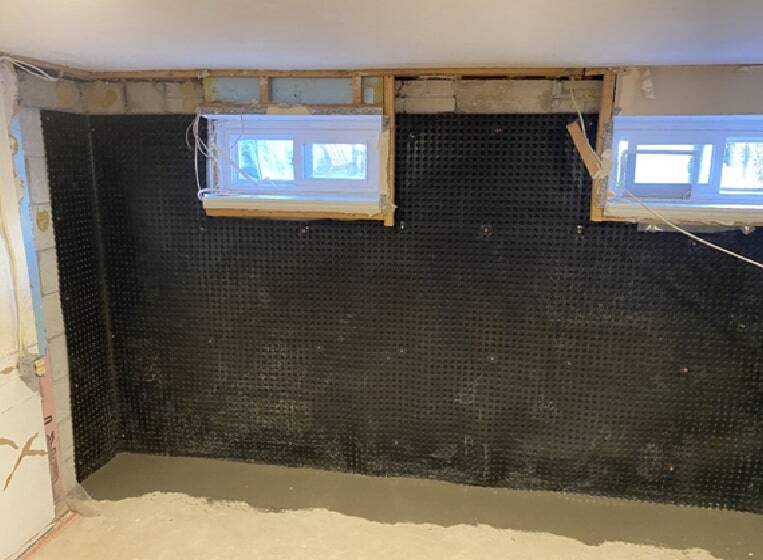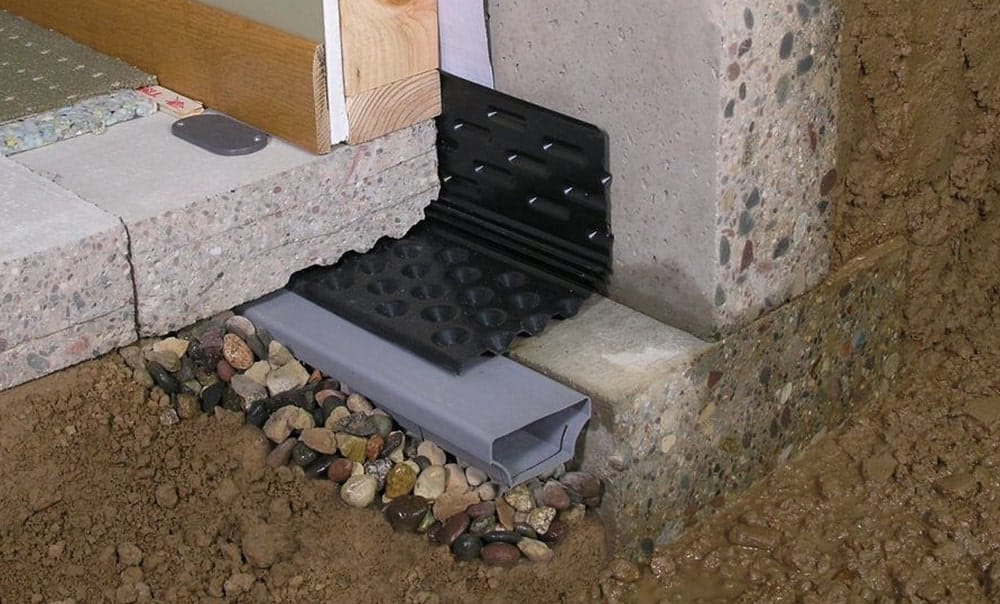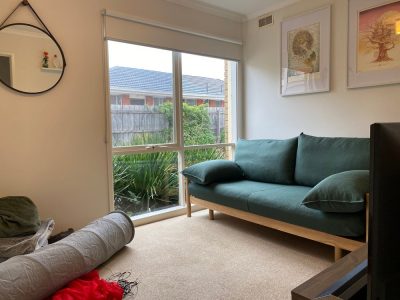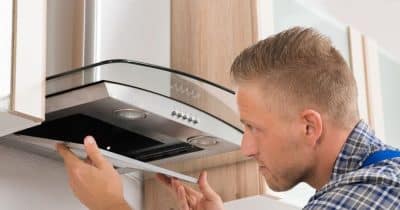
Although basements build under grade, they design to absorb water. Humid basements can damage your foundation’s pillars, cause damage to stored items, promote mould growth, and reduce the home’s market value. Water leakage into the basement is a serious issue that worries many homeowners. A small trickle or pool of water can appear to be a mild annoyance to you, but it is a sign of a more significant problem.
A wet basement is not only frustrating but can also be dangerous. Living in a damp space increases the risk of health issues, since mould and mildew thrive in moisture and are closely linked to respiratory problems and allergies.
Rain and groundwater will find various ways into your home if you haven’t waterproofed it, wreaking on the building and your belongings. Here are a few things you can do to protect your basement from water leaks. It helps to be aware of the signs and symptoms of excess basement moisture.

● Using Waterproof Carpeting Materials:
If your basement has water control problems, carpeted floors will take a beating. Fortunately, you may take steps to protect them from leaks and standing water. Suppose your basement has already flooded or has condensation problems. In that case, waterproof carpeting could be a good investment if you currently have bare floors and are in the market to replace your flooring.
Water-resistant carpet pads can also use to build a wall between your basement floor and the carpet. Even if your basement doesn’t have any moisture, carpeted areas should regularly clean to prevent mould growth, especially under your furniture.
● Apply a water-resistant sealant to the walls and the floor:
Cracks in concrete or brick walls may sometimes appear, allowing water to seep in from the outside. Don’t worry if you don’t know how to seal basement walls; it’s usually as simple as filling the gap with hydraulic concrete and covering the broken surface with masonry waterproofing paint.
If the paint has been removed, try scraping it first to see any leaks underneath. Prepare the floor by washing it thoroughly with a wire brush to clear any hidden deposits before waterproofing basement walls. Before trying to re-paint, apply a thick coat of waterproof sealant and let it dry thoroughly.

● Use a masonry waterproofing product to the walls:
Melt off the current paint if your foil test confirms water seepage in basement walls (inside water source). Choose a suitable masonry waterproof product to seal/coat the interior of the walls. The sealant forms a watertight bond with the paint as it dries, preventing water from leaking through any cracks in the wall. That’s how you can waterproof the walls of your basement from the inside.
● Attach or upgrade gutters or downspouts:
Gutters and downspouts build to direct water away from your home. It’s essential to maintain the structural stability of your home or building in good shape. Consider installing gutters and sump pumps if you don’t already have them. Install metal or plastic extensions if you’ve built downspouts for gutters. It will help in the collection of runoff or excess water and its drainage away from your foundation.
● Make use of your snow shovel:
When rainwater or melted snow runs toward houses from roofs, yards, and driveways, most basements become wet. As a result, moving snow away from your home’s base is a brilliant idea. To help reduce the damp basement risk due to snowmelt, push existing snow 3 to 5 feet away from the structure.
● Take a look at the roof:
Until the spring rains arrive, take a moment to check the condition of your roof. Look for cracked sealant across flashing, roof-mounted hardware, skylights, and vents, as well as broken or missing shingles or tiles.

● Install a drainage system inside the building:
The most well-known method for providing the best protection against water leaking or collecting in your waterproofing basement from inside the basement is to build a drain and an adequate sump pump system. It is a difficult job, but it solves the water problem. You’ll need to dig a trench on your basement floor to lay out the French drain that links to the sump basin through a drainpipe.
● Safeguard on CO poisoning:
Carbon monoxide (CO) poisoning may occur if your cooling system is damaged by hail or blocked by dust. Have your roof checked at least once a year, and if it needs to be repaired, hire a contractor who experiences venting systems. Although basement waterproofing can cost around $100 per linear foot, it may prevent significant expenses later by reducing the risk of water damage and costly repairs.
Conclusion:
Nothing gives homeowners the creeps like a flooded basement. Water can quickly get into basements or cellars when built below ground level, making it worse. When it comes to avoiding water damage to waterproofing basement walls from outside, waterproofing your basement is a crucial element. However, if your basement still transforms through an indoor swimming pool amid your best DIY efforts, you’ll need a plan of action – it’s essential for the safety of your things and loved ones.









